Many training plans in the past were designed following the notion that swimming faster equals training harder. The truth is we can only train as hard as we can recover. Swimming faster requires frequent iterations to train smarter. That means adjusting training on repeat to ensure you’re doing the right type of work at the right time, volume and intensity.
How does Intensity influence Focus and Readiness?
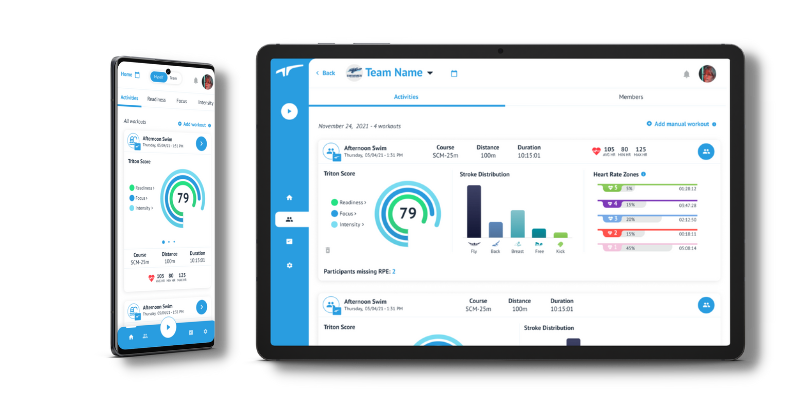
Whether you leverage real-time data or data after training, it’s essential to constantly review your athletes' Triton score and how it fluctuates between Readiness, Focus and Intensity. The key to swimming faster is focusing on technique and reducing drag. If a high-Intensity score results in a drop in skill execution (Focus), adjusting the intensity to improve performance is required. Increasing effort (speed) throughout the workout can often impact:
You can review each athlete's activity details to dive deeper into each rep and lap of the set.
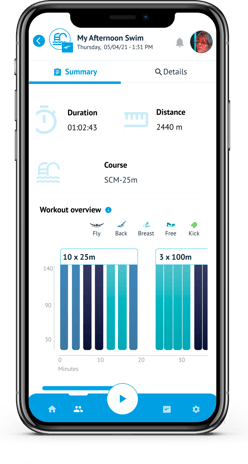
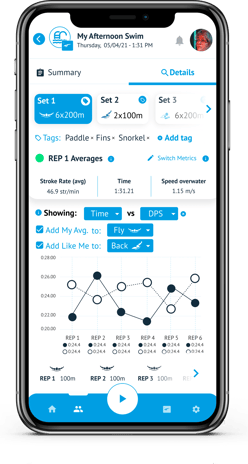
Mastering your technique will result in swimming efficiently. On the contrary, ramping up intensity to outperform a poor technique may negatively impact performance and leave you vulnerable to injury. It’s crucial to focus on your swimming technique and choose drills to isolate the different stroke phases. Mastering technique during training is the foundation upon which intensity is built, but how can you take a fundamental skill from performing it in drills to mastering it in races?
‘’ If I need to work on body position at the end of my races, then I would push myself in practice to the point of exhaustion. Then work on my body position when exhausted.’’ Natalie Coughlin.
Many elite swimmers like Natalie Coughlin understand that learning and mastering a skill isn’t enough, not if you can’t take that skill and implement it in your races. It takes time and much effort to move from learning a skill to mastering one at speed while tired, under constant pressure and conditions simulating racing. Wayne Goldsmith’s ‘’7 steps for mastering a skill’’ enables swimmers to perform fundamental skills in competition conditions.
Alexander Popov is one of the greatest freestyle sprinters of all time, and his training philosophy was never to swim more than he could sustain perfect technique for.
Low-volume high-intensity VS high-volume low-intensity.
Swimmers’ adaptations to the training stimulus are highly variable as many factors like age, fitness level, event distance and more can impact them. Focusing on perfecting technique and mastering low-volume but high-intensity training sprinters can see significant gains in speed. On the other hand, increasing training load leads to increased aerobic capacity and performance improvement in the middle- to long-distance swim events.
To maintain endurance gains following high-volume training and improve speed, you must also adjust your training and ramp up the intensity. High-intensity training positively affects both anaerobic threshold and short-distance performance. In a nutshell, it is essential to do the base work first and build on improving endurance and speed.
Many training plans aim to strike a balance between volume and intensity. It is important to note that a steady increase in volume or intensity is required to keep your body healthy. When your Intensity score is high, it’s best to review Readiness and determine your body’s capacity to take on the workout.

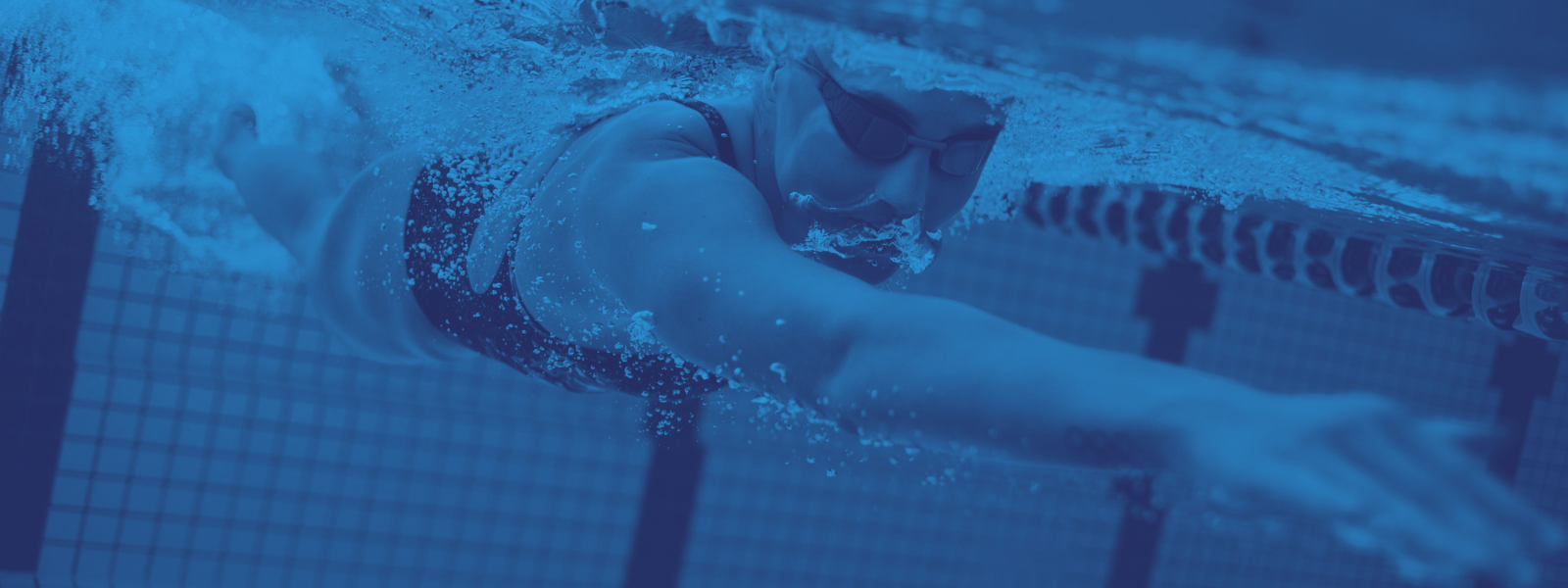

.png)
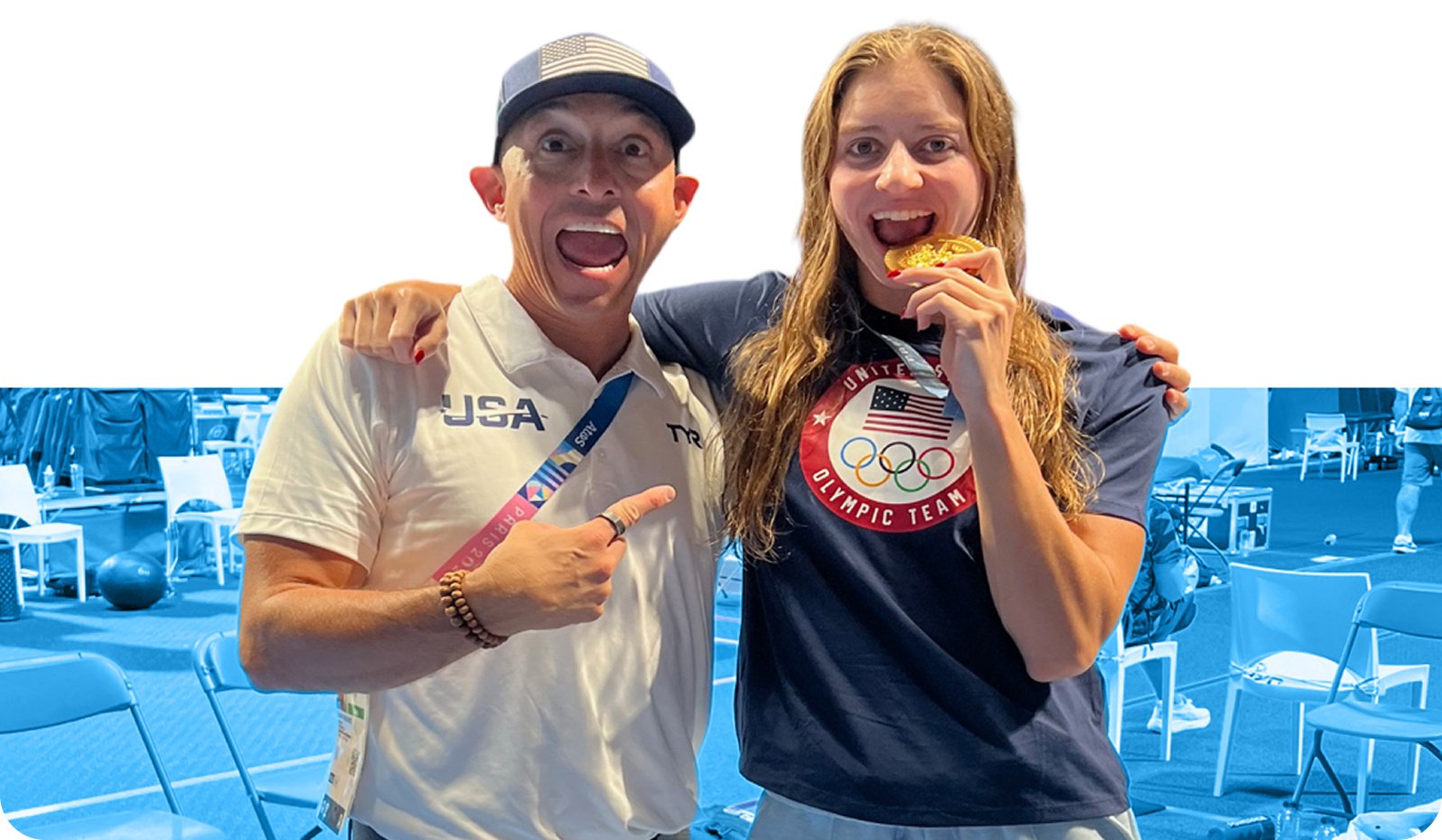
.png)